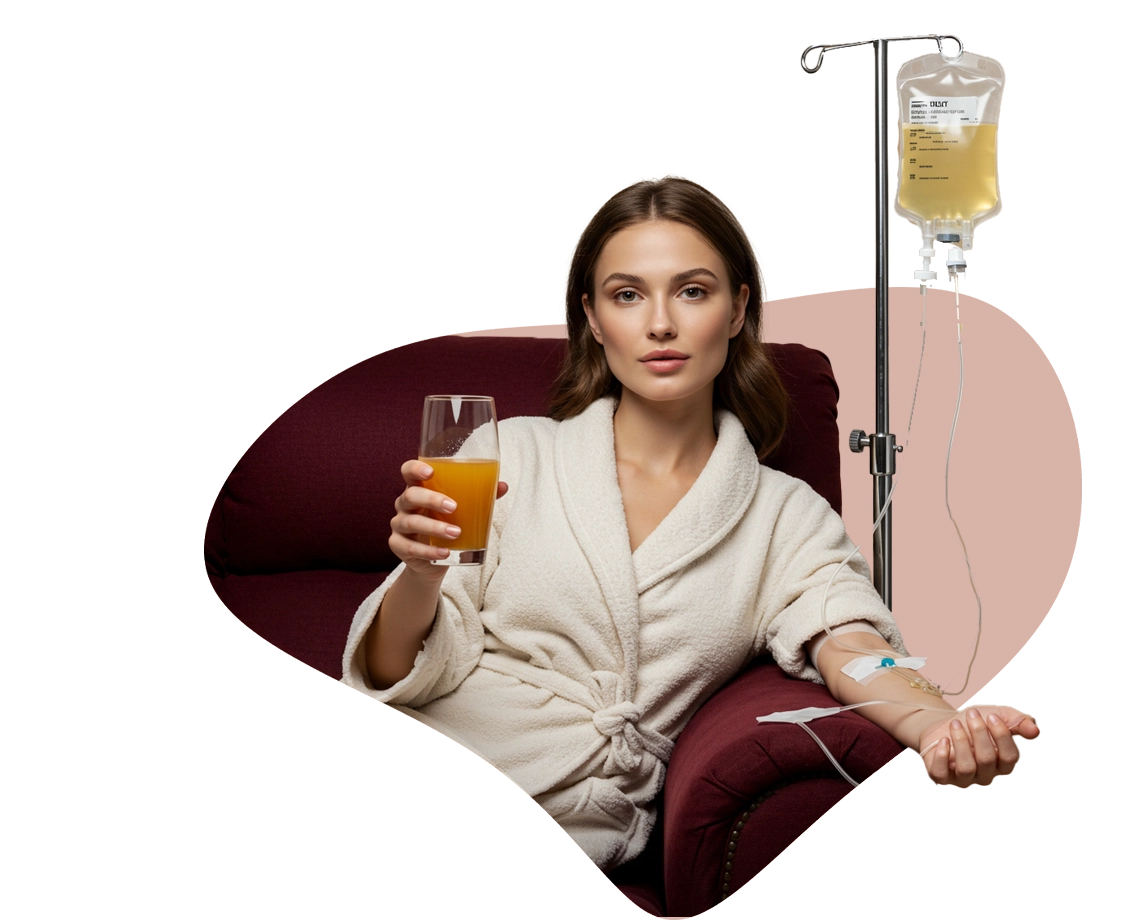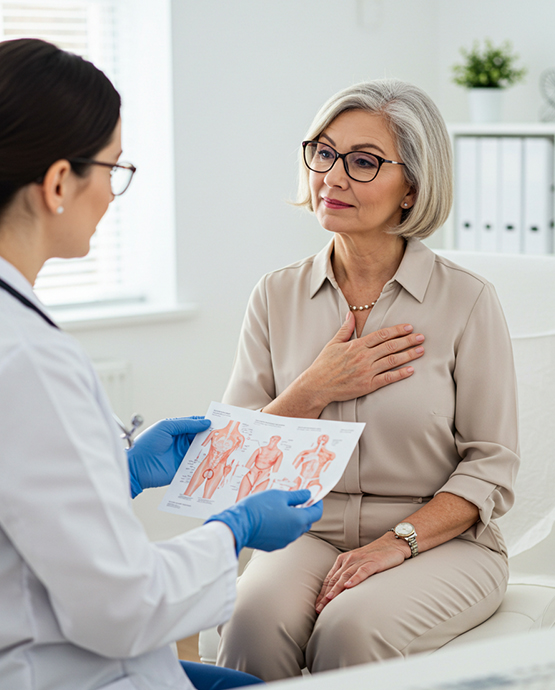Intimacy is a deeply personal and vulnerable act, often accompanied by heightened emotions, excitement, and physical closeness. Alongside these positive aspects, certain situations may cause embarrassment — one of the most common being unexpected sounds that occur during sexual activity. These noises may range from natural bodily sounds, such as queefing (vaginal flatulence), to unintentional gas release or bed creaks. While usually harmless from a medical standpoint, the impact on emotional well-being, confidence, and relationship dynamics can be significant.
1. Understanding the Source of Intimate Sounds
Before addressing their impact, it’s important to know why such sounds occur:
- Vaginal air release (queefing): Air trapped in the vagina is expelled during movement or penetration. It’s natural, painless, and medically harmless.
- Digestive gas: The pressure and muscle contractions during intimacy may sometimes cause flatulence.
- Frictional noises: Squeaks or creaks from the bed, floor, or even skin friction.
- Moisture sounds: Natural lubrication creates audible effects, which are often perceived differently depending on one’s comfort level.
These sounds are normal physiological byproducts of sexual activity. They only become “embarrassing” when interpreted negatively, either by the individual or their partner.
2. Psychological and Emotional Impact
2.1. Embarrassment and Shame
Many people are conditioned to associate bodily sounds with poor manners or lack of control. When such noises occur during intimacy, it can trigger embarrassment or even shame. This may result in:
- Sudden loss of arousal.
- Avoidance of certain positions or sexual acts.
- Long-term anxiety about future encounters.
2.2. Performance Anxiety
Fear of making noises may lead to sexual performance anxiety, where individuals become hyper-aware of their body instead of enjoying the moment. This stress response can interfere with natural arousal, lubrication, or erection.
2.3. Impact on Self-Image
Repeated embarrassment may lower self-esteem and body confidence. A person may start to feel that their body is “awkward” or “unattractive,” which can affect not only sex life but overall mental health.
3. Effects on Relationshis
3.1. Communication Barriers
If one partner feels ashamed and avoids addressing the issue, misunderstandings may arise. The silence can create distance and reduce intimacy.
3.2. Humor vs. Sensitivity
For some couples, laughter about unexpected noises strengthens the bond. For others, a careless remark can lead to hurt feelings. The difference lies in the couple’s communication style and emotional safety.
3.3. Sexual Avoidance
In severe cases, individuals may avoid sexual activity altogether, fearing embarrassment. Over time, this may reduce relationship satisfaction and emotional closene
4. Physical Health Considerations
4.1. No Medical Harm
Most embarrassing intimate sounds, such as queefing or moisture noises, are entirely harmless. They are byproducts of anatomy, movement, and air flow — not illness.
4.2. When It Might Indicate a Problem
Rarely, unusual sounds may hint at underlying issues:
- Persistent vaginal air release with discomfort → could suggest pelvic floor weakness.
- Excessive gas during intimacy → may be linked to digestive disorders like IBS.
- Creaking joints or pain sounds → may indicate mobility or musculoskeletal issues.
In such cases, consulting a healthcare professional is advisable.
5. Emotional and Mental Health Effects
5.1. Anxiety and Overthinking
Those sensitive to embarrassment may replay the moment in their mind, causing stress, guilt, or regret. This can escalate into sexual anxiety disorders if left unaddressed.
5.2. Depression and Avoidance
If embarrassment becomes recurring, individuals may lose interest in intimacy. Over time, this can contribute to feelings of loneliness, low mood, or depression.
5.3. Positive Reframing
On the other hand, partners who normalize these experiences can help each other reduce stress and improve confidence, turning potential embarrassment into a shared human moment.
6. Cultural and Social Influences
Different cultures view bodily sounds differently. In conservative societies, the stigma may be higher, leading to stronger feelings of shame. In more open cultures, such events may be shrugged off as natural. Recognizing these cultural filters is key to understanding personal reactions.
7. Coping Strategies
7.1. Open Communication
Discussing embarrassing moments openly with a partner is the healthiest approach. Honest communication reduces tension and builds trust.
Tips:
- Use humor gently, not mockery.
- Reassure your partner if they feel embarrassed.
- Express your own comfort to normalize the experience.
7.2. Focus on the Bigger Picture
Remind yourself that intimacy is about connection, not perfection. Small noises should not define the quality of an encounter.
7.3. Strengthening the Pelvic Floor
For those concerned about vaginal air release, pelvic floor exercises (Kegels) can sometimes reduce frequency.
7.4. Mindfulness and Relaxation
Practicing mindfulness during intimacy can reduce self-consciousness, allowing individuals to remain present rather than worrying about potential noises.
7.5. Practical Adjustments
- Trying different positions.
- Using quieter bed frames or supportive mattresses.
- Avoiding heavy meals right before intimacy (to reduce digestive gas).
8. Positive Perspectives
Instead of seeing embarrassing sounds as negative, they can be reframed as:
- Signs of passion: They often occur in the heat of intimacy.
- Proof of connection: They show that both partners are uninhibited.
- Natural reminders: Bodies are real, not machines — noises prove vitality.
By adopting this mindset, couples can reduce shame and enhance intimacy.
9. Long-Term Health Benefits of Acceptance
- Reduced stress levels: Less worry about embarrassment means lower cortisol (stress hormone).
- Improved sexual satisfaction: Relaxation fosters stronger arousal and deeper emotional bonding.
- Stronger relationships: Acceptance builds emotional safety, leading to healthier partnership.
Embarrassing sounds during intimacy are common, natural, and medically harmless in most cases. While they can trigger feelings of shame, anxiety, or avoidance, the real impact lies in how individuals and couples respond. By fostering open communication, practicing self-acceptance, and even using humor, partners can turn potentially awkward moments into opportunities for deeper connection.
Ultimately, health is not just the absence of disease but the presence of emotional, psychological, and relational well-being. Embracing the natural realities of the human body — including its unexpected sounds — is a vital step toward holistic sexual health and stronger, more fulfilling relationships













